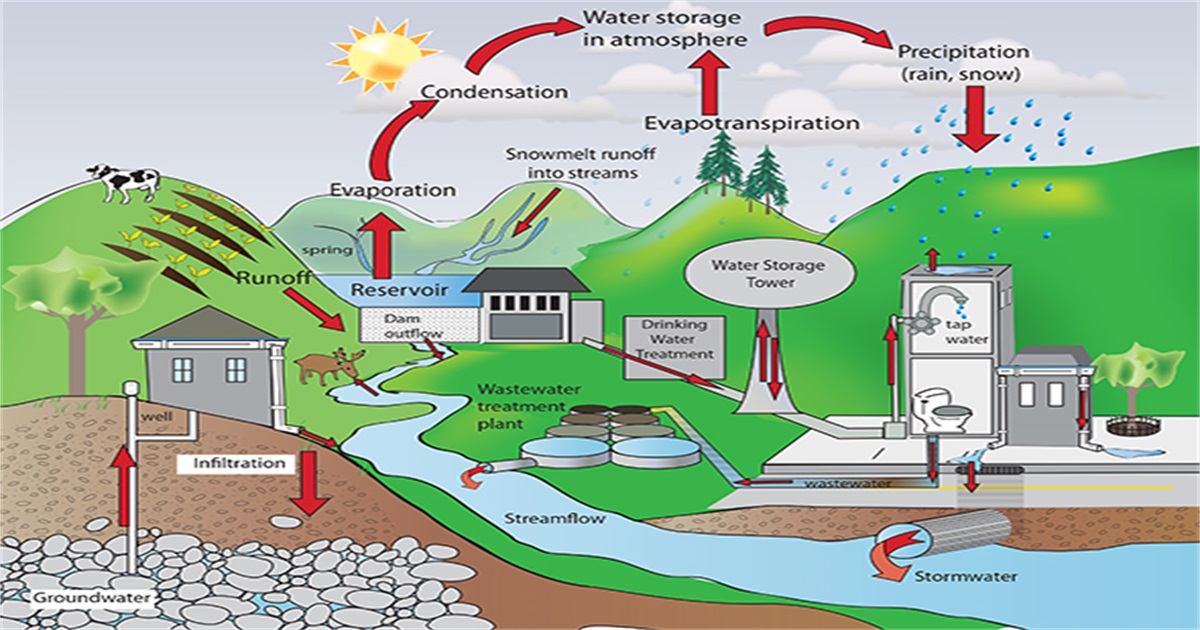New Methodologies and Practical Solutions to Face Sanitary and Environmental Issues Related to Human Cycle of Water
A special issue of Water (ISSN 2073-4441). This special issue belongs to the section "New Sensors, New Technologies and Machine Learning in Water Sciences".
Deadline for manuscript submissions: closed (10 September 2023) | Viewed by 7797

Special Issue Editors
Interests: water treatment; wastewater treatment; solid waste treatment; soil remediation; biofuel production; biopolimers production; biological process; microalgae cultivation; mathematical modelling
Special Issues, Collections and Topics in MDPI journals
Interests: sewer hydraulics; water supply systems; urban hydraulics; supercritical open channel flows; river training techniques; fluvial hydraulics and river engineering; flood risk assessment and mitigation
Special Issues, Collections and Topics in MDPI journals
Interests: urban flooding; flood hazard and risk assessment; hydrological and hydraulic modelling; sustainable urban drainage systems; low-impact development pratictices; wastewater hydraulics; hydraulic structures
Special Issues, Collections and Topics in MDPI journals
Special Issue Information
Dear Colleagues,
Climate changes and worldwide demographic growth are the main factors responsible for increasing the water demand as well as worsening the quality of natural water resources. Advanced models and methods including remote sensing technologies, IoT techniques, green infrastructures for stormwater management, new monitoring systems, early warning models will be valuable tools to face the future challenges deriving from a sustainable management of water resources. At this regard, this special Issue seeks research papers proposing new efficient methodologies and practical solutions aimed at solving problems affecting any of the segments composing the human water cycle: water supply/treatment/distribution as well as wastewater drainage/treatment/ processes.
Climate change effects, water quality control and monitoring, physical and numerical modelling, environmental risk assessment and management, green technologies, biological processes, advanced water and wastewater treatments, wastewater based epidemiology methodology, sustainability and environmental policies are the main common factors that characterize the manuscripts published on this special issue.
Prof. Dr. Antonio Panico
Prof. Dr. Corrado Gisonni
Dr. Gaetano Crispino
Guest Editors
Manuscript Submission Information
Manuscripts should be submitted online at www.mdpi.com by registering and logging in to this website. Once you are registered, click here to go to the submission form. Manuscripts can be submitted until the deadline. All submissions that pass pre-check are peer-reviewed. Accepted papers will be published continuously in the journal (as soon as accepted) and will be listed together on the special issue website. Research articles, review articles as well as short communications are invited. For planned papers, a title and short abstract (about 100 words) can be sent to the Editorial Office for announcement on this website.
Submitted manuscripts should not have been published previously, nor be under consideration for publication elsewhere (except conference proceedings papers). All manuscripts are thoroughly refereed through a single-blind peer-review process. A guide for authors and other relevant information for submission of manuscripts is available on the Instructions for Authors page. Water is an international peer-reviewed open access semimonthly journal published by MDPI.
Please visit the Instructions for Authors page before submitting a manuscript. The Article Processing Charge (APC) for publication in this open access journal is 2600 CHF (Swiss Francs). Submitted papers should be well formatted and use good English. Authors may use MDPI's English editing service prior to publication or during author revisions.
Keywords
- recycled water
- reused water
- sustainable water supply
- water footprint
- leakage
- energy-saving
- DMA
- urban drainage system
- green infrastructure
- SUDS
- urban flooding
- real-time control
- monitoring
- artificial Neural Network
- smart city
- WBE (wastewater based epidemiology)
- wastewater treatment
- wastewater management
- asm models
- advanced biological systems
- nutrients removal
- emerging contaminants
- sewage sludge
- wastewater reclamation
- biogas production
- greenhouse gas control







